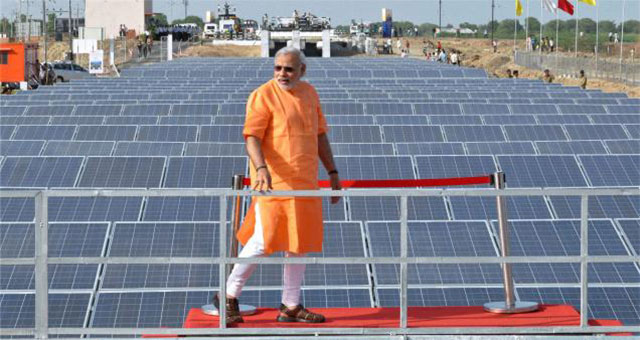Funding for Solar in India
One of the biggest problems in attaining India’s target of 100 GW will be the massive capital required, as solar energy is capital intensive. India is perennially short of capital and funding the $100-150 billion will be a herculean task, even if the other hurdles are removed. India’s banks are in a really bad shape with most groaning under bad debts, which is around 10% or more of their total loan books. India’s bank have also reached the sectoral limits of lending to India’s overall power sector as per a FICCI report. This means that India’s solar energy will really find it hard to get funds, as the public sector banks and institutions are the biggest source of funds. India does not have a well-developed corporate bonds market and multilateral and bilateral institution such as KFW, WB and ADB can fund only a limited number of solar projects.
The private equity players can help in funding the equity requirements of these projects, but a large portion of the debt will have to come from the banks. India’s government has made a vital change which will help a big portion of the India’s solar energy sector. It has made it a priority sector under the Indian laws. This means that the 40% of the funds under the priority sector can be lent to the solar sector (the small projects of (1-3 MW).
Under the new notification, banks can lend up to Rs. 15 crore for small renewable energy projects under wind, biomass and SHP. This will really help boost the fund flow for rooftop and micro grid solar installations. Note the other sectors allowed under priority lending are agriculture, education and small enterprises.
India has massive potential to leapfrog a part of the fossil fuel area for its 300 million citizens, who do not have access to any electricity. They can straightaway be supplied with green solar energy and it does not even have to spend money on building transmission and distribution networks. It can use microgrids and energy storage to supply power to these communities. This has already happened in the case of the communication sector, where India bypassed the fixed line telephony to supply mobile phones to almost all parts of its population. This happened because of the increase in affordability and distribution ease. Already entrepreneurs are pouring in by the hundreds, to build solar companies to supply power through rooftop installations and micro grids.
Google+



There is no shortage of funds in India. There are millions of small investors in India. These small investors can contribute towards Solar power projects including rooftop. They need proper guidance for investment in large and small power plants.